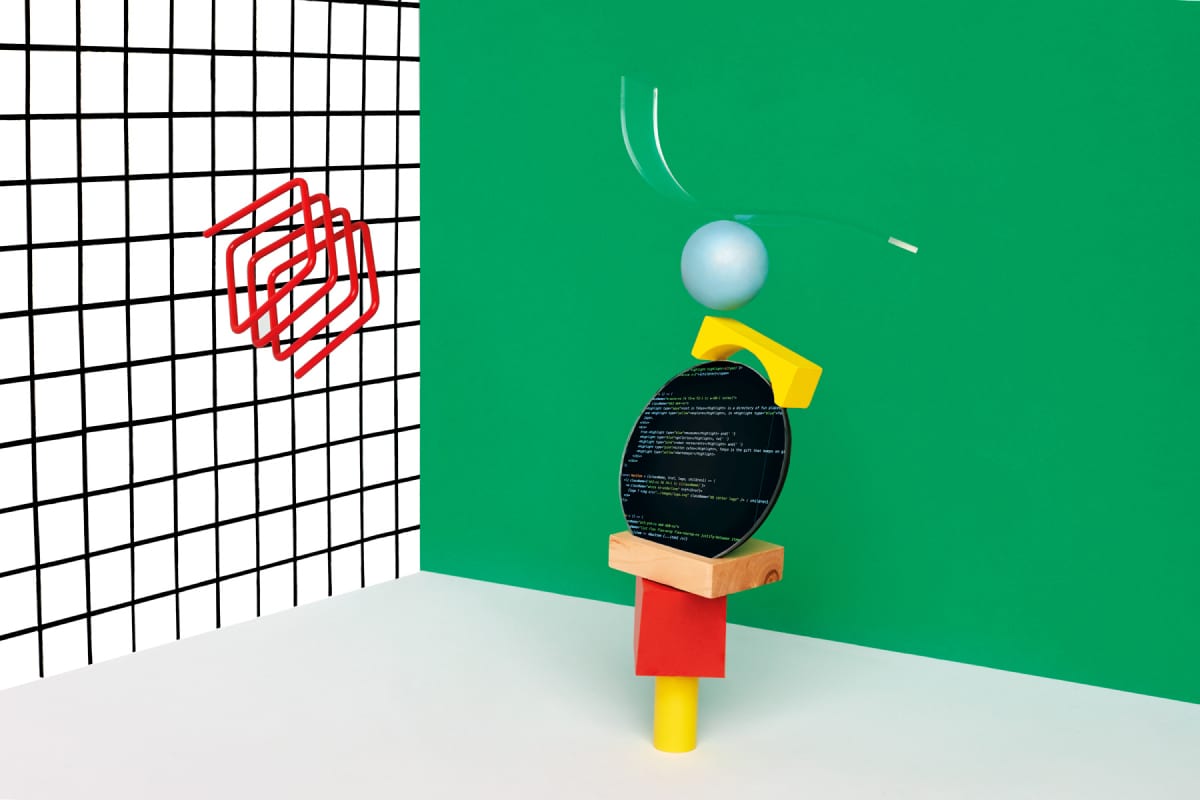Coding for the creative industries
By Megan Williams
Updated May 16, 2020 at 11:18 AM
Reading time: 3 minutes
In partnership with SuperHi

Technology is ushering in a new era where previously silenced voices are being heard louder than ever before—social media and access to web building platforms are prime examples that anyone can have a place to express themselves and make their work public. While inequality still plagues many industries, the digital revolution has the potential of driving forward change and levelling the playing field for both current and future generations—and what better place to start than in the beating heart of the creative industry?
This is what SuperHi, the online-only school training creative people, is all about. Although some industries are slowly becoming more diverse, there is undoubtedly still a long way to go, and it’s SuperHi’s mission to help people make it in the creative industries and tech world while demonstrating that code can be used as a creative tool. The goal is to open the doors to the world of coding and design and who can do it. With a strict policy on “no wannabe tech bros”—their words not mine, although I’m all on board—SuperHi is striving for greater equality and accessibility in the field of coding, design and broader still, creativity. Its students are a near even split between male and female and 2 percent non-binary. Meanwhile, SuperHi’s courses are structured around flexible remote teaching, which means it welcomes an international community of diverse creatives from all kinds of backgrounds, all across the world.
As technology becomes a defining factor in more and more industries, SuperHi works towards helping creatives from all walks of life break into the tech and creative landscape. The company is built around the principle that taking on new skills like coding should be accessible and understandable; you’re not excluded from the world of coding just because you didn’t choose to study it at university, and you certainly don’t need to be subjected to convoluted jargon or intimidating teachers in order to learn it either. Many of SuperHi’s community have tried to learn before unsuccessfully but are now making beautiful and functional sites. It wasn’t the subject, it was the teaching that made learning difficult. Overcoming this opens up the possibility for them to participate online. The whole point is that those with a creative eye can also possess technical skills, which is all too valuable in a world that demands we become more versatile than ever before, enhancing and growing what we’re already good at.

What SuperHi does so well is open doors for people no matter what their circumstances are. Its main focus is the array of online coding courses shaped with flexible schedules in mind. They know all too well that life can get in the way of traditional routes into education, especially for creatives who are struggling to balance their work-life balance while in full-time employment. SuperHi found that being flexible enables students to absorb the lessons in a way and pace that suits them. It’s a mix of less pressure, more time to think and having the space to ask questions, combined with user-friendly online tools that are creating better results for the students on its courses.
SuperHi also offers free tutorials and a First Steps to Coding guide for those who want a taste of what’s to come before they fork out any money, or simply want to get a few tips and pointers from trusted experts at no cost. No matter where you are or what your budget it is, there’s a little something for everyone.
SuperHi also aims to run three to four scholarship programmes each year, with previous partners in creative frontrunners such as UsTwo, Made By Folk, People of Creativity, Intern Mag and The Dots. The opportunity is often tailored to minority groups, who have faced—or will likely face—barriers in most industries at some point in their careers, whether down to ethnicity, gender, or age. Past scholarships have been geared towards women and non-binary creatives, black and Latinx coders, affording them opportunities where others might not. Winners can receive anything from a copy of Learn To Code Now, their own book which was born as a result of the severe lack of engaging reading material on coding, to the grand prize of every single coding course offered by SuperHi. Yes, every one.
Even applying is about as unpretentious as you can get. This isn’t like any university or scholarship application, where people typically have to jump through hoops and bend over backwards to satisfy the criteria. If you can explain why you want to be a creative coder in under 200 words, you’re in with a chance.
Creative industries not only thrive on diversity but are discovering more and more that inclusivity also boosts internal success and generally makes sense from all perspectives. Now that’s not to say that diversity and inclusion should become business strategies, yet it’s good to know that the future of these sectors will be greatly enhanced by addressing these challenges wholeheartedly now. It’s the tip of the iceberg, but if more companies follow in SuperHi’s footsteps, we might just see the creative industries flourish in exciting and unexpected new ways.




